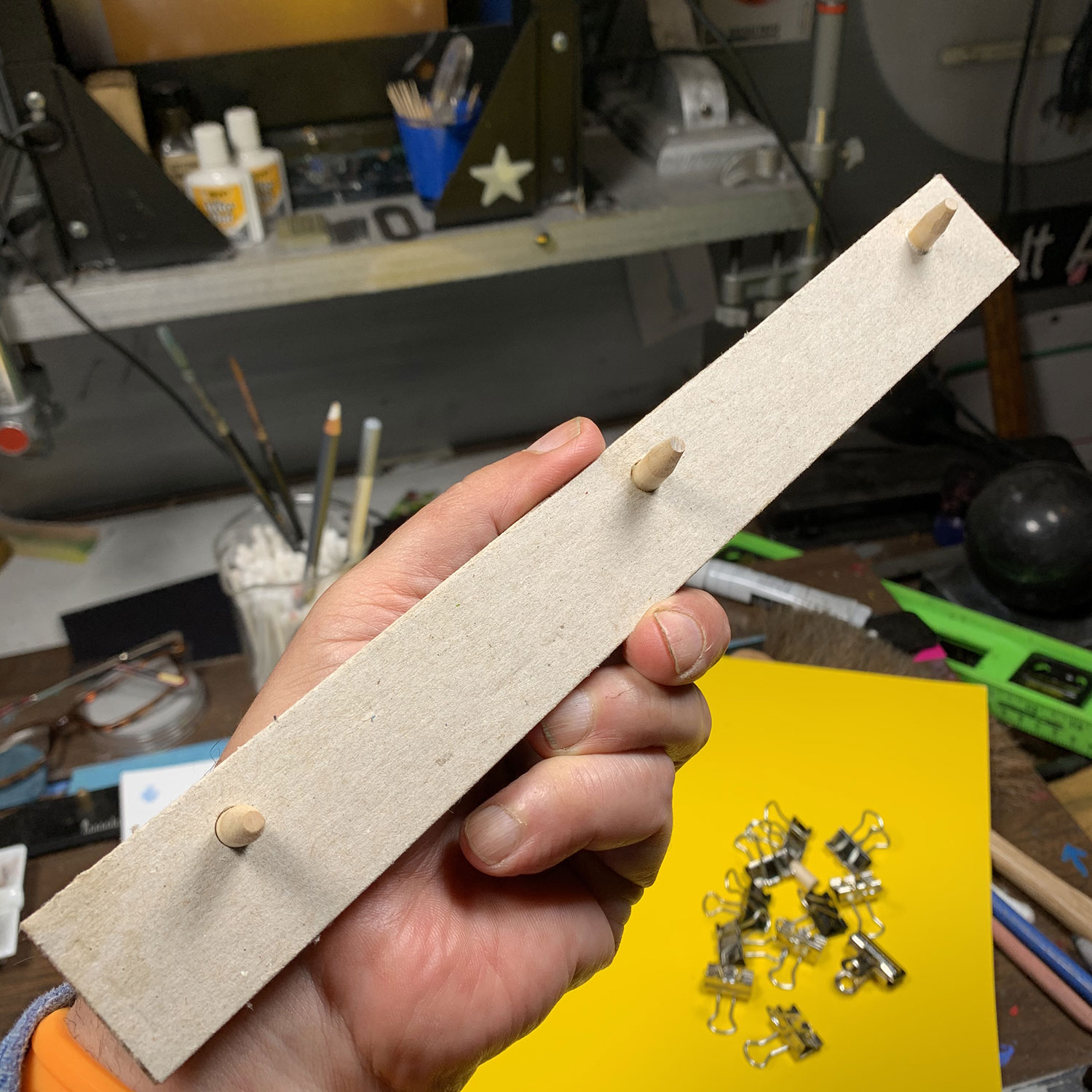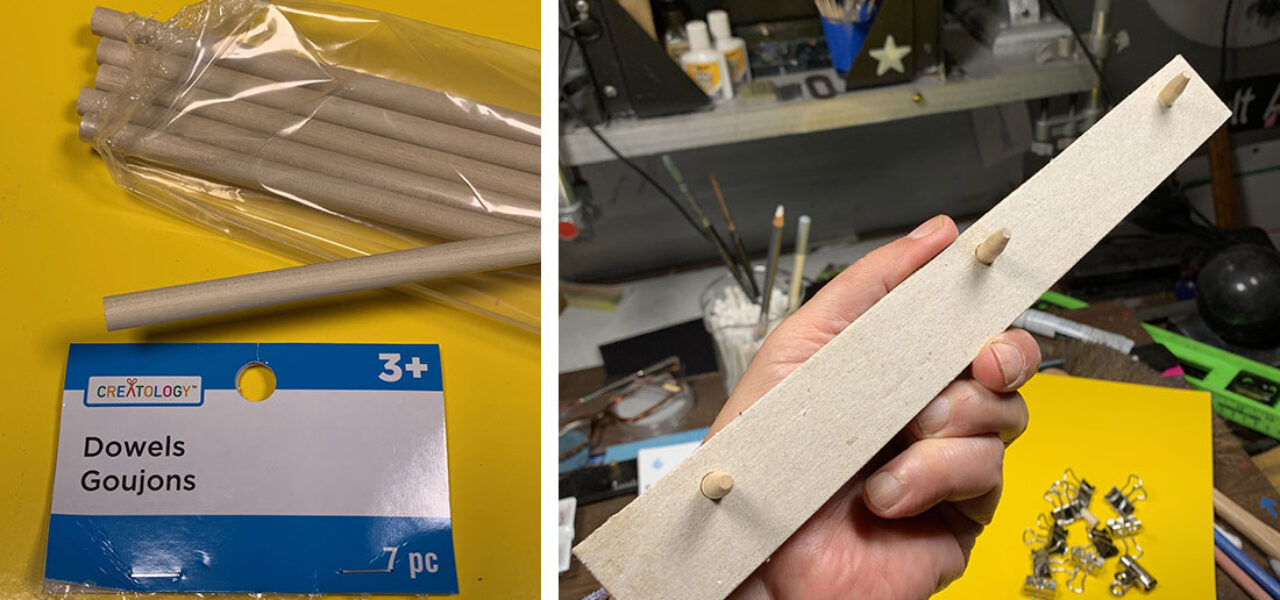
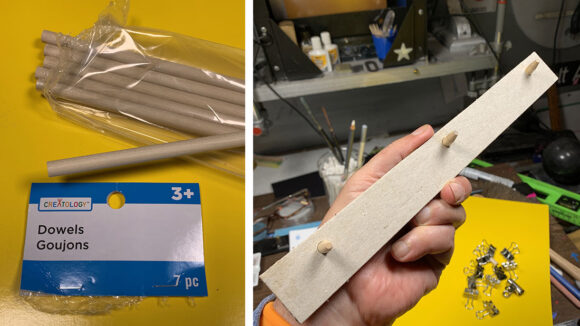
DIY: Jeff Scher Shares A Step-By-Step Guide To Making A Homemade Pegbar
Animating on paper may not be the most en vogue approach nowadays, but some teachers feel that it’s the perfect way to introduce students to the art form and help them understand the possibilities of the medium.
One of those teachers is New York University’s Jeff Scher, an Emmy Award-winning painter and filmmaker whose works are in the collections of the Guggenheim and the Museum of Modern Art.
Since all of NYU’s classes are remote this semester, his students don’t have easy access to the school’s supplies, especially specialized objects like pegbars, so Scher put together a short guide to creating a homemade pegbar, which he’s given us permission to share below. (Of course, this to make a standard three-hole punch pegbar, not a pegbar using traditional Acme pegs, but considering how difficult it is to find affordable Acme-punched paper, there’s really no other option at this point.)
Check out the tutorial below — and if you make one, share it in the comments — but before doing that, watch one of Scher’s own recent projects made on paper, a music video for Crosby, Stills, Nash & Young’s “Teach Your Children.”
How to Make a Homemade Pegbar
Materials: You will need a hole puncher, a wooden dowel, wood glue, a pencil sharpener, small saw, and a 9″x12″ piece of cardboard.
Step 1: Use your three-hole paper punch to punch a piece of cardboard. Go to a hardware or hobby store to find a dowel that fits snuggly into the hole. A standard hole is 9/32”. (I found my dowels at a Michaels.)
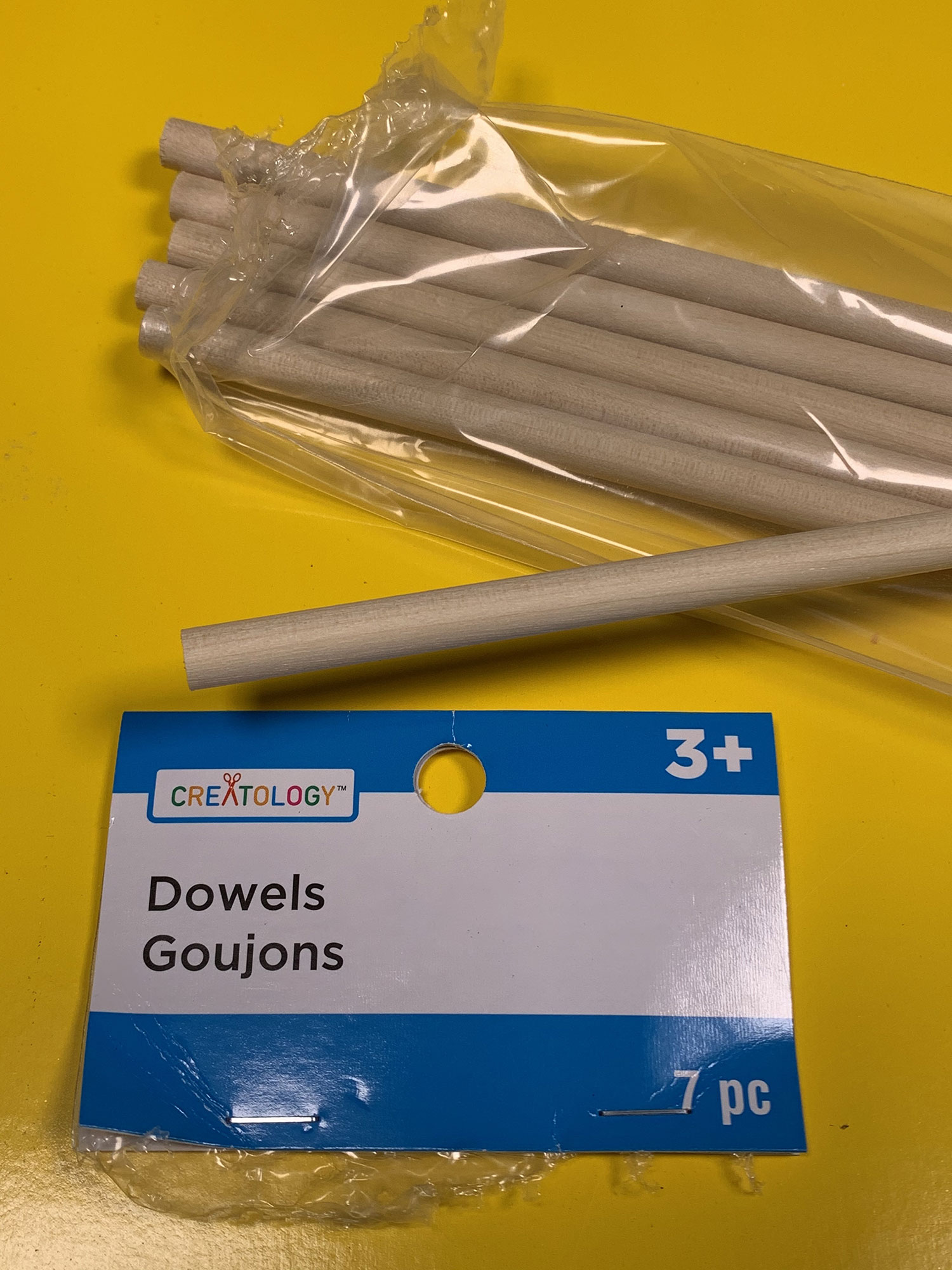
Step 2: Cut the dowel into three one-inch-long sections. Note: I sharpened the dowels just slightly BEFORE cutting them. I used a manual pencil sharpener and turned the crank three times. This will make it easier to slide your work onto the pegs.
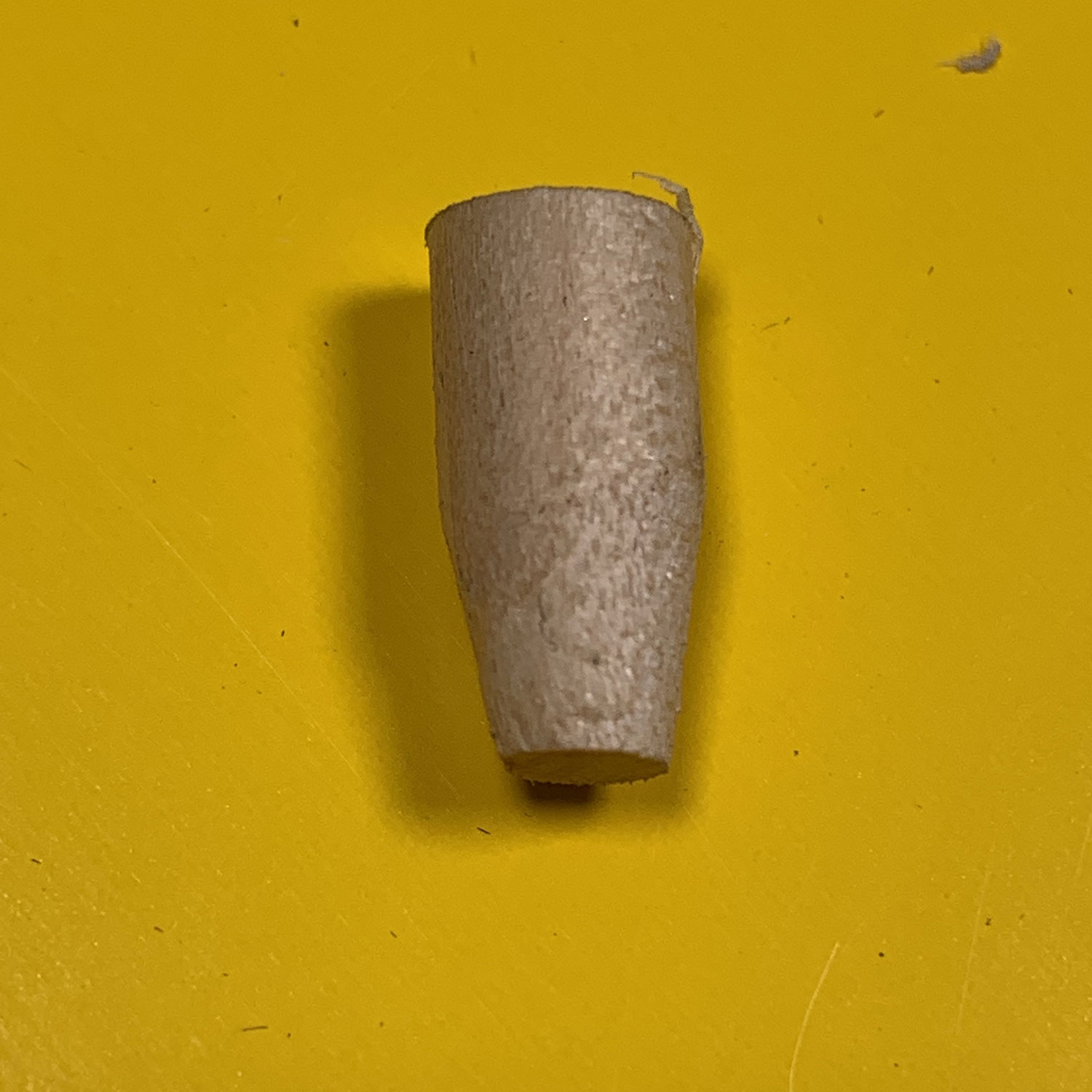
Step 3: Take the backing cardboard from a 9×12 paper pad. Cut it into two strips about 2” x 10.” Use your punch to punch holes into one of the strips.

Step 4: With the two strips aligned, glue the punched strip onto the unpunched strip and then glue the pegs into the holes. I used Gorilla wood glue, but any strong wood or paper glue will do. Make sure all the pegs are straight.You can put a piece of punched paper on it to double-check the alignment. Do this quickly before the glue sets.
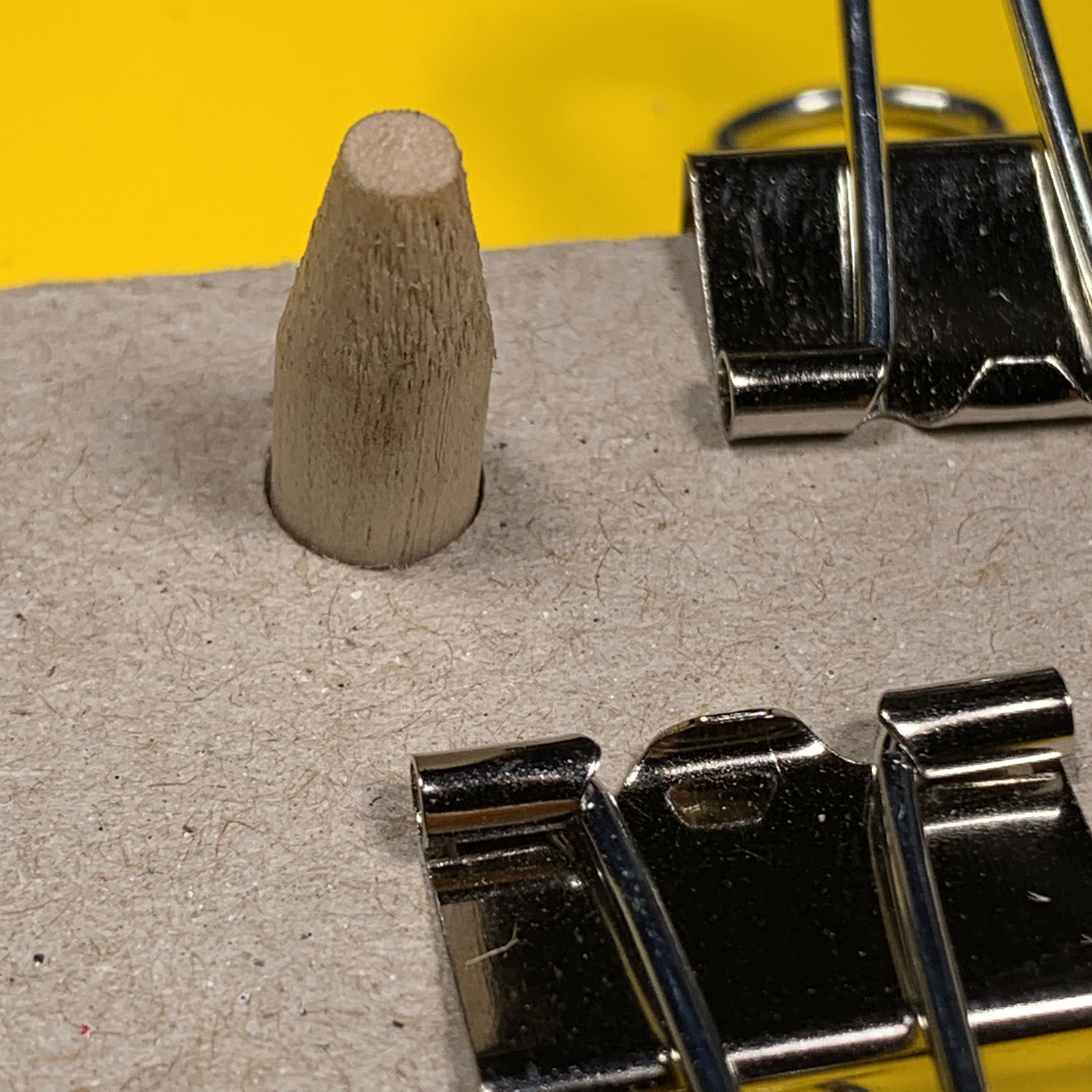
Step 5: Clamp the two strips together to keep them from warping while the glue dries. I used paper clamps but clothespins or even just some weights would do.
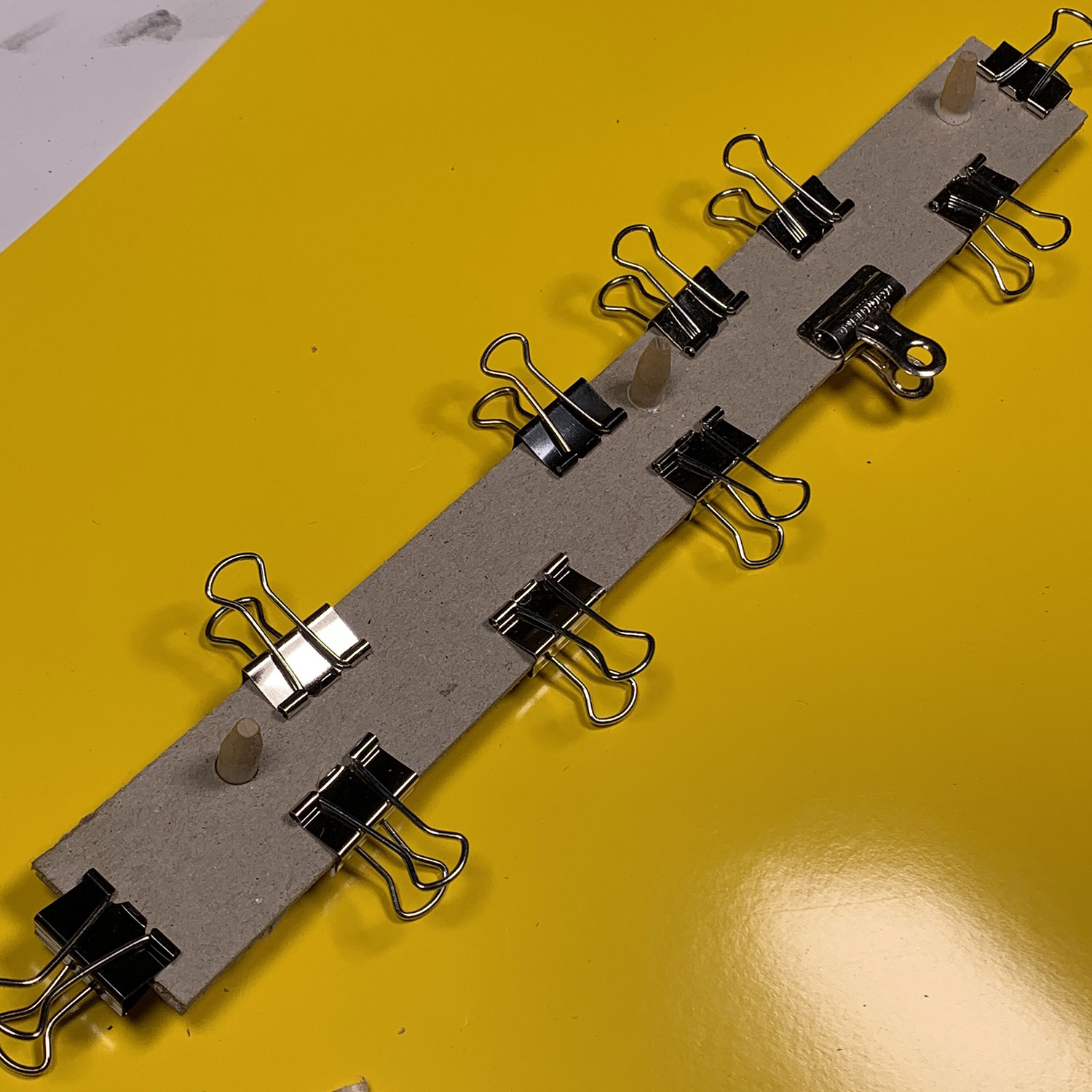
Step 6: After a couple hours of drying, remove the clamps and you now have a peg bar.
